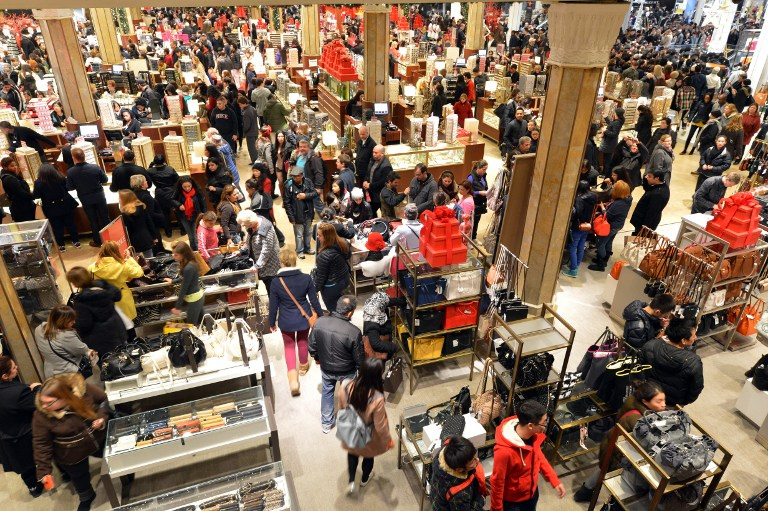On the 24th of November this year, something magical is going to happen. Without any fluctuation in the value of the dollar, products, for a few hours, will sell for considerably lower prices than they do on any other day of the year. And yet, they will be the same products.
The Friday after thanksgiving is called Black Friday, presumably in reference to the black magic that alters the prices of things while somehow preserving their value.
The break from the normalcy provided by Black Friday offers an opportunity to peer behind the curtain at the inner machinery of price and value. That prices can be changed so dramatically reveals they are somewhat arbitrarily set, though they still must have some relationship with value. The question then is where does value come from, and to find the answer, we must trace back the product’s history to see at what point it acquired value.
A cell phone, for example, can be found in a store where it was delivered by a truck that picked it up from a shipyard. The phone was at a shipyard because it traveled by ship from the factory in which it was assembled out of parts from other factories, parts that in turn were made out of materials that had their own voyages from the fields, mines and factories where they were extracted or produced.
So, a whole lot of people did a whole lot of work, and they were paid for that work. We know also that payment has some relationship to value. We can confidently say then that work produces value.
Some will argue that value comes not from labor but from ideas. If you are one of those, by all means, let me know; I have some ideas to sell you. The same goes for any argument about leadership or entrepreneurial efforts. These are forms of work, true, but they are made possible by the work of so many others that they must be considered only one part of many.
Others might point to the stores and the factories or the trucks and the ships as examples of value, and it’s true; those things do have value, but only when they are used by people doing work. The same might be said of the materials that were turned into parts for the phone; they are quite valuable but not until someone’s done the work of pulling them out of the ground.
This is the trick behind the magic of Black Friday – the value of a product comes from the collective labor of all the people who worked to make it, but at the store, they hide that social context behind a price. The most notable effect of this is perhaps the least noticeable; it makes it seem as though the person who buys the product is part of a separate social process from the one that produced it in the first place.
While this is not true, it does allow us to avoid such uncomfortable questions as ‘Am I responsible for people spending their lives inside of sweatshops and factories” and “Am I complicit in the continued existence of slavery.” The answer to both is yes. So on Black Friday, and on every other day of the year, ask yourself, “Do I need this?” If not, stay home.












